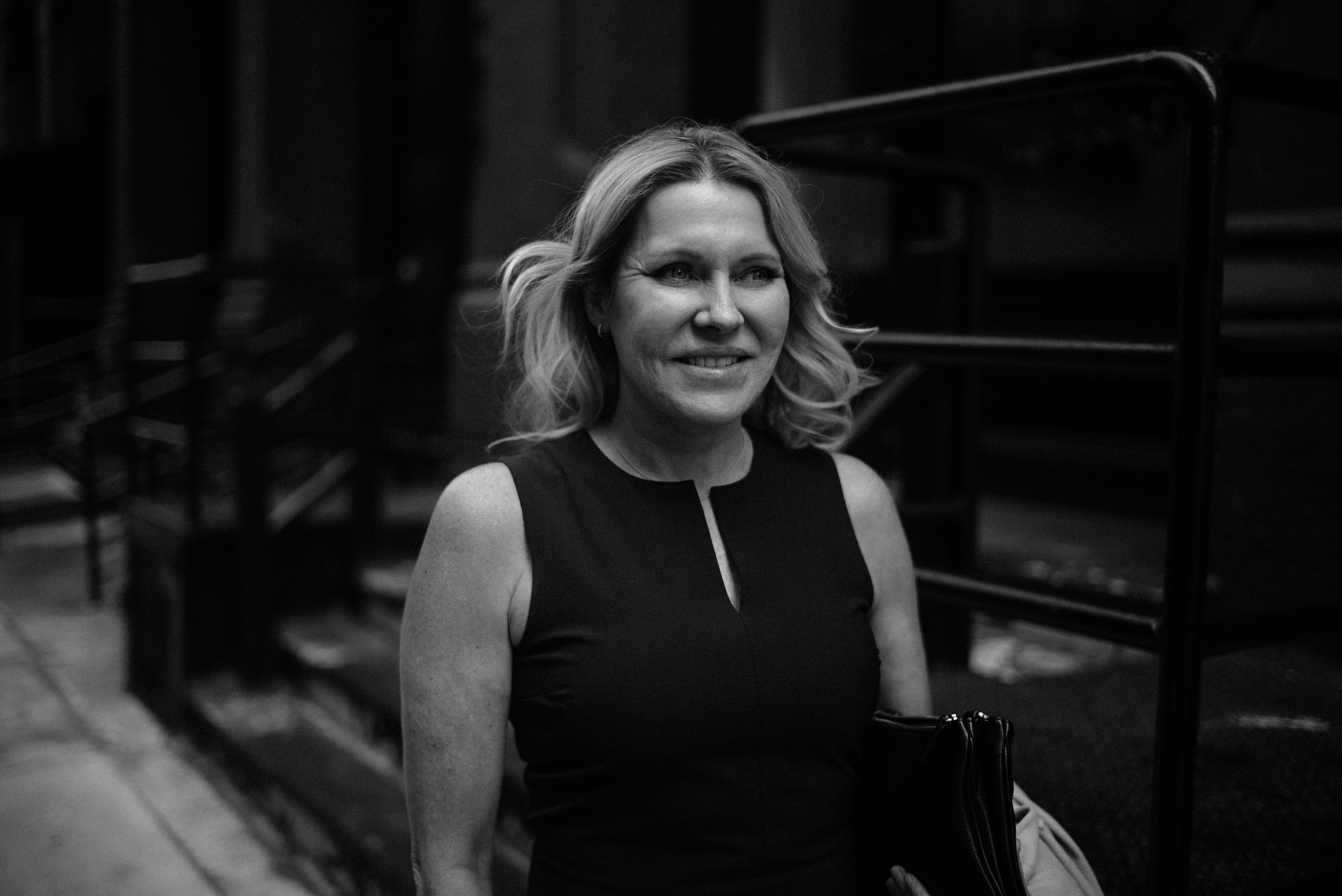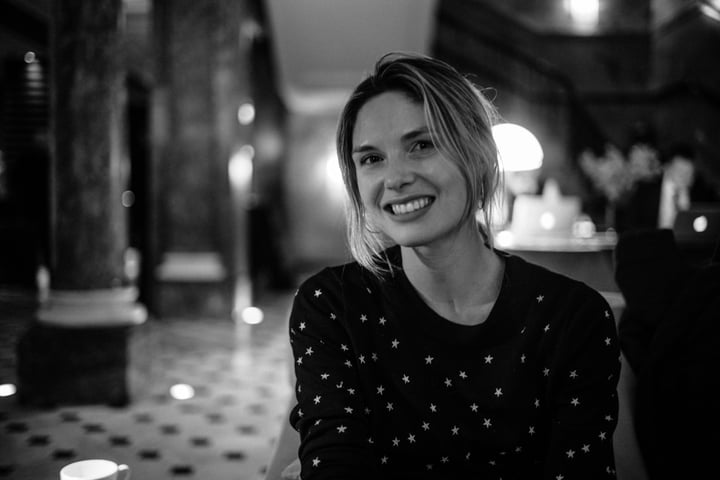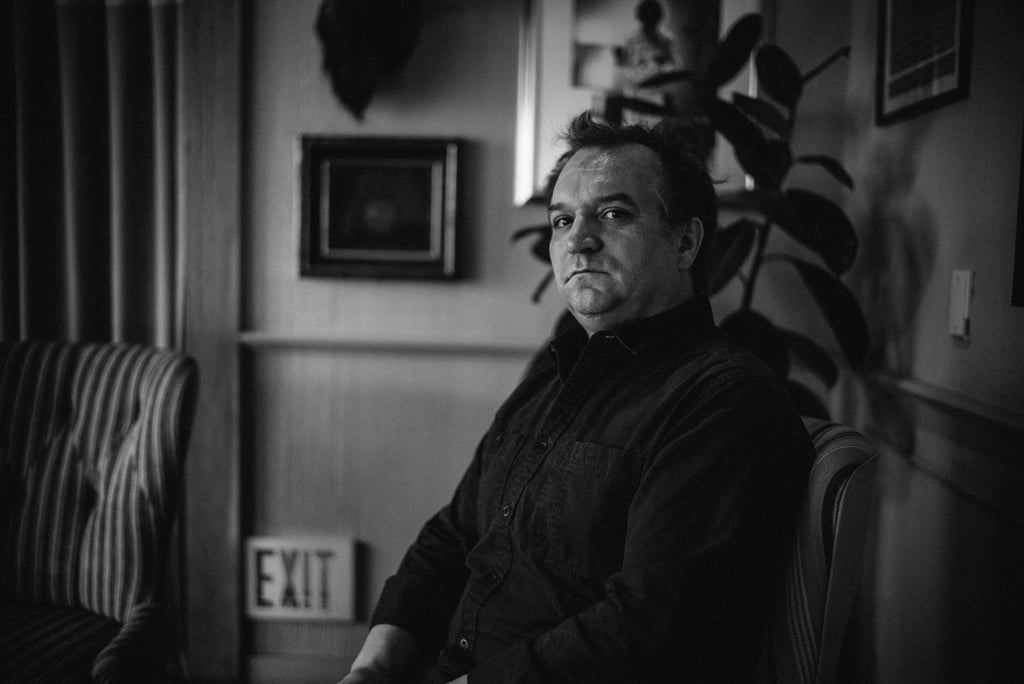
Ahead of the London Frieze Art Fair, I spoke with one of the world’s most fascinating artists, Von Wolfe, who for a number of years now has explored the intersection of art, technology, and artificial intelligence. As we sat in his studio in front of an oversized oil canvas and a sophisticated technology stack, Von Wolfe shared with me his unique approach to using machine learning and generative AI to create art. Our conversation delved into the history of art, from Renaissance masters to contemporary AI-powered creations, drawing parallels between traditional artistic methods and modern technological approaches. I was introduced to Von Wolfe through his longtime curator and art dealer, Virginia Damtsa, who has also appeared on this podcast.
This episode goes beyond the use of AI as a creative tool, and touches on philosophical questions about consciousness, creativity, and the nature of intelligence. Von Wolfe shares insights on how he trains AI models on his own artwork to create emergent properties and new artistic possibilities. The conversation also explores the potential of AI to uncover hidden historical artifacts and lost artworks by processing vast amounts of data from libraries and archives.
We also discuss the concept of authorship, the significance of patterns in nature and art, and the potential for AI to continue an artist's legacy beyond their lifetime. The conversation highlights the complex relationship between human creativity and artificial intelligence, suggesting that the future of art may involve a collaborative process between artists and advanced AI systems.
Key insights
1. AI can be used as a tool to enhance creativity and uncover new artistic possibilities, rather than replacing human artists.
2. Training AI models on specific, artistic datasets can lead to emergent properties and insights that were not explicitly programmed.
3. The integration of AI in creative processes may redefine concepts of authorship and the role of the individual artist.
4. AI has the potential to process and analyze vast amounts of historical data, potentially leading to groundbreaking discoveries in various fields.
5. The future of art and creativity may involve a symbiotic relationship between human artists and AI systems, with each complementing the other's strengths.





